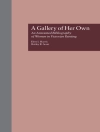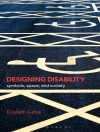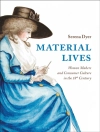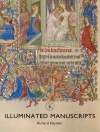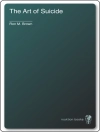What does an assemblage made out of crumpled newspaper have in common with an empty room in which the lights go on and off every five seconds? This book argues that they are both examples of a ’precarious’ art that flourished from the late 1950s to the first decade of the twenty-first century, in light of a growing awareness of the individual’s fragile existence in capitalist society.
Focusing on comparative case studies drawn from European, North and South American practices, this study maps out a network of similar concerns and practices, while outlining its evolution from the 1960s to the beginning of the twenty-first century.
This book will provide students and amateurs of contemporary art and culture with new insights into contemporary art practices and the critical issues that they raise concerning the material status of the art object, the role of the artist in society, and the relation between art and everyday life.
Innehållsförteckning
Introduction: Almost nothing
Part I: ’Dharma bums’, 1958–71
1. Junk aesthetics in a throwaway age
2. ’At the point of imperceptibility’
3. The ’good-for-nothing’
Part II: The ’light years’, 1991–2009
4. Joins in the age of ’liquid modernity’
5. Futility and precarity
Postscript: On the humanism of precarious works
Index
Om författaren
Anna Dezeuze is an Honorary Research Fellow in Art History and Visual Studies at the University of Manchester




